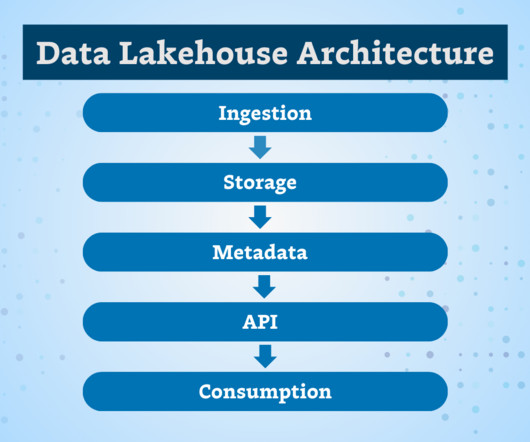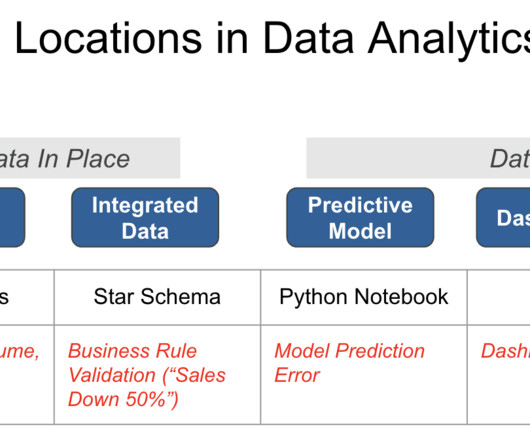DataOps vs. MLOps: Similarities, Differences, and How to Choose
Databand.ai
JULY 17, 2023
DataOps , short for Data Operations, is an emerging discipline that focuses on improving the collaboration, integration, and automation of data management processes. It aims to streamline the entire data lifecycle—from ingestion and preparation to analytics and reporting.











Let's personalize your content